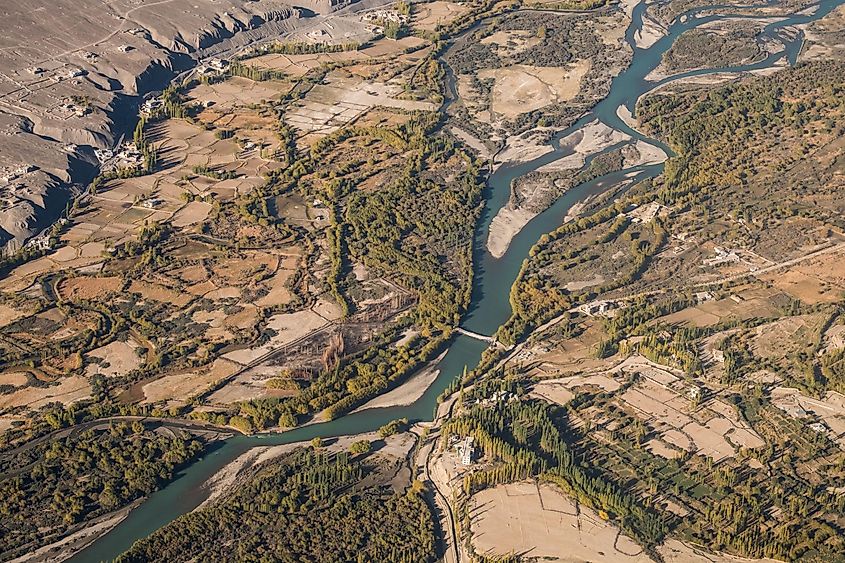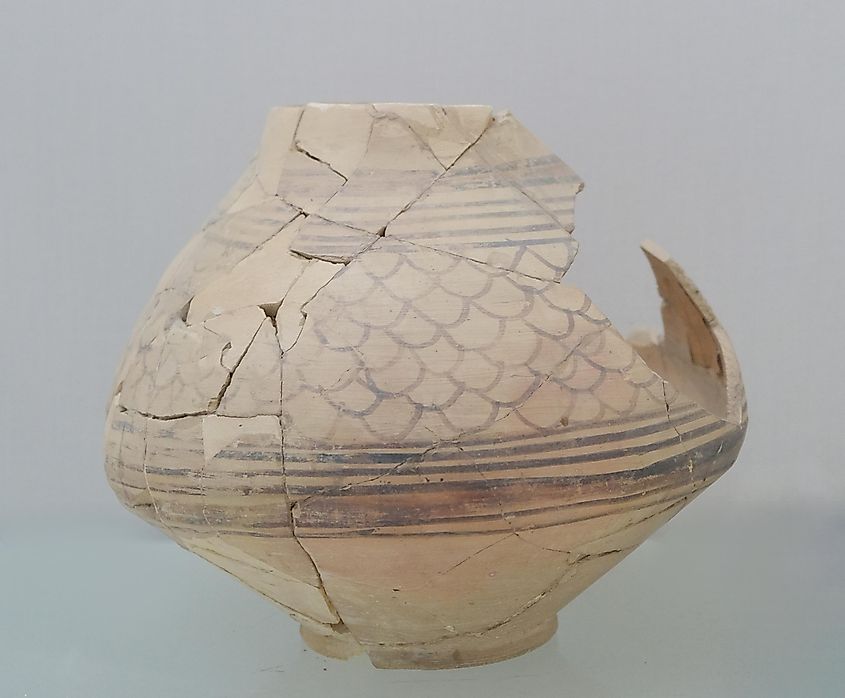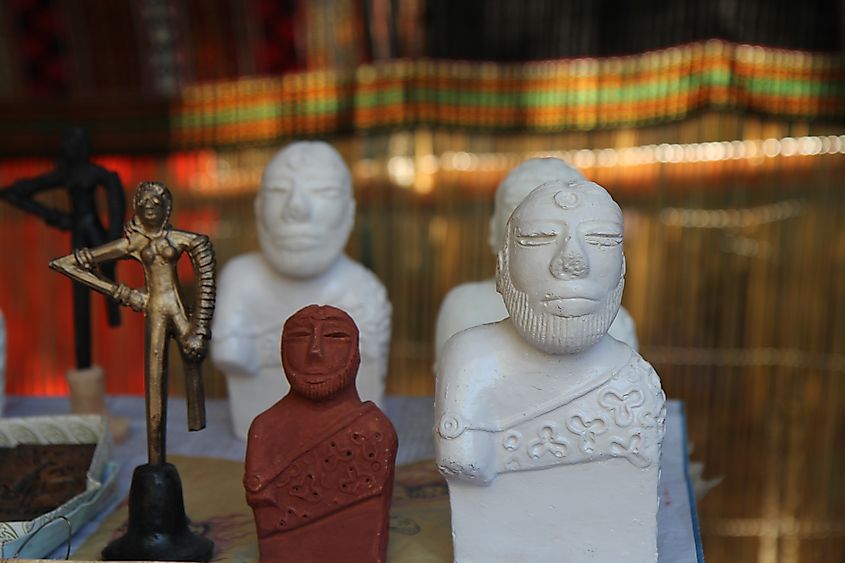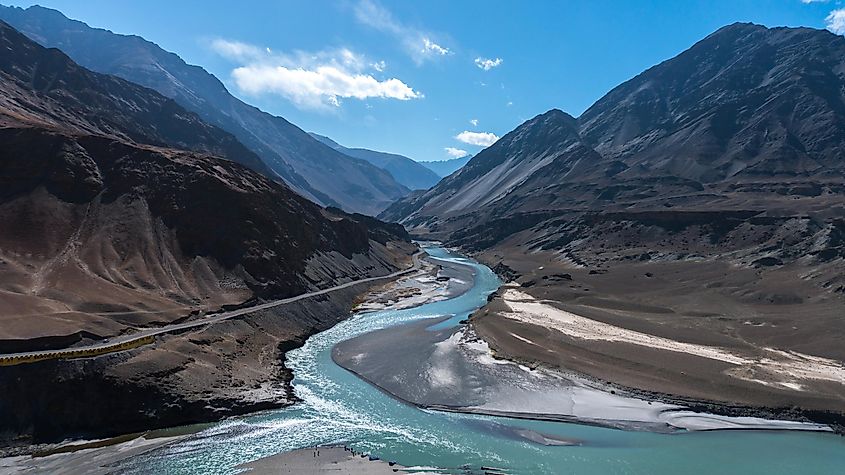
Is India Older Than Egypt?
The word “civilization” refers to the process whereby a society reaches an advanced stage. This occurs when a group of people living in a particular place become socially and culturally organized. This idea first began to develop between 6,000 and 5,000 years ago in several parts of the earth including - Mesopotamia, Ancient Egypt, Ancient India, and Ancient China. Before that time, humans were scattered across different parts of the earth and mostly engaged in agriculture, although some, like the Natufian culture and Aboriginal Australians, were organized in many ways but not enough to be referred to as civilizations.
In places like Ancient India and Ancient Egypt, organized cultures already thrived but only began to develop into authentic civilizations between 4000 and 3000 BCE. These two civilizations are particularly popular, with the Egyptian civilization being the most popular, and the Indus Valley Civilization being the most extensive. While it is generally accepted that both civilizations sprang up around the same time, a recent discovery by a team of scientists from IIT-Kharagpur and the Archaeological Survey of India (ASI) might soon change all that and effectively lead to a rewrite of the timeline of these ancient civilizations.
Historical Background of the Indus Valley Civilization

Early humans arrived in India in the middle Paleolithic era, between 73,000 and 55,000 years ago. For tens of thousands of years, they thrived in the area and eventually became organized around 4500 BCE. This organization soon birthed the Indus Valley Civilization which flourished from 3300 BC to 1300 BC after which it came to an end, supposedly due to climate change and migration.
Among the oldest civilizations in the world, the Indus Valley was the most extensive, covering Northwest India, large parts of modern-day Pakistan, and northeast Afghanistan. Also known as the Harrapan Civilization, the Indus Valley was noted for its innovations, some of which include standardized weights and measures, buttons, flush toilets, advanced drainage systems, and public baths.
At its height, the Indus Valley was made up of large, well-planned cities like Lothal, Kalibangan, Mohenjo Daro, and Harappa, with populations of at least 40,000 people each. The Indus Valley civilization is also credited for inventions such as modern saws, bronze sculptures, shipyards, step-wells, and stadiums.
New Archaeological Discoveries

The Indus Valley Civilization originated at roughly the same time as the Mesopotamian and Egyptian civilizations between 4000 and 3000 BCE. However, scientists uncovered evidence that suggests that the Indus Valley Civilization is at least 8,000 years old. This would make it roughly 2,000 years older than the Mesopotamian and Egyptian Civilizations.
Researchers used a technique called "optically stimulated luminescence" to analyze pottery fragments and animal bones. This allowed them to calculate the age of artifacts from sites like Bhirrana, which dates to the early Harappan time. While more tests may be required, this research has caused scientists to reconsider the true timeline of Indian history.
Comparison with Ancient Egypt

Egypt is one of the oldest-known civilizations in history. The origins of this civilization date to around 3100 BCE when King Menes, the first pharaoh, unified upper and lower Egypt in 3150 BCE. Before that time, several cultures had been thriving in the area for thousands of years. But the unification created a complex civilization that would go on to create some of the greatest wonders in history.
Ancient Egypt is known for its well-planned cities and monumental structures. Around 2500 BCE when the Indus Valley was gearing up for its mysterious end, Ancient Egypt built the monumental pyramids which are still standing today. Ancient Egypt is also credited for inventions like writing, clocks, wigs, police, medicine, a system of measurement, and countless more.
Before the recent finding, Ancient Egypt and the Indus Valley were believed to have begun roughly around the same time. However, the recent findings have established a huge gap between the two civilizations, suggesting that the Indus Valley began around 6000 BCE and not 3300 BCE. This is more than 2,500 years earlier than previously recorded, making it far older than ancient Egypt, if validated.
Implications of the Findings

While this recent discovery may be met with resistance by the creators of the more widely-known timeline of ancient civilizations, it may likely be accurate. If validated, this discovery could lead to a rewrite of ancient history. Currently, more research is being carried out. Early findings indicate that the Indus Valley Civilization was at an advanced stage of urbanization and was regularly trading with its neighbors.
Challenges and Debates

As with many archaeological discoveries, there are debates surrounding this recent discovery about the Indus Valley Civilization. The most common subject of debate is dating. Archaeologists have long encountered challenges in getting accurate dates. This is because most dating methods like carbon-14 dating give varying results due to environmental changes.
The Takeaway
The recent recognition of the Indus Valley as one of the oldest civilizations represents a shift in our understanding of world history. Previously, only Ancient Egypt and Mesopotamia held this title until Harappa was discovered in 1829. The Indian Civilization was thought to have begun around 1250 BCE, but the 1829 discovery reset the timeline back by more than 1500 years. And even that might not be an accurate history of this Indian Civilization, with recent discoveries suggesting it is at least 8,000 years old.
Experts are still trying to gather more information about this ancient civilization, which was the most extensive among early ancient civilizations and contained a population of over five million people at its peak. With research still ongoing, more information about this ancient civilization will likely surface, growing our understanding of history in the process.











